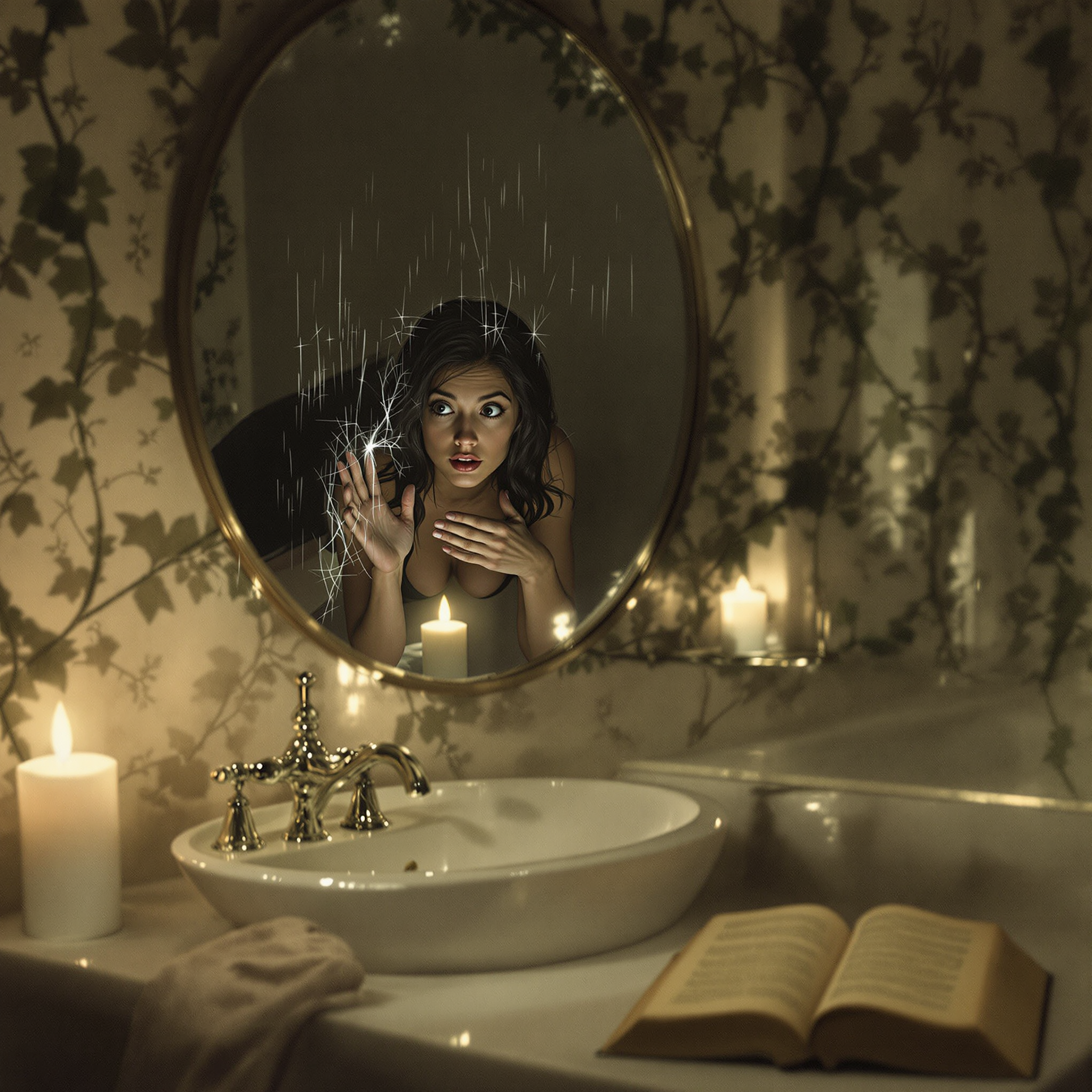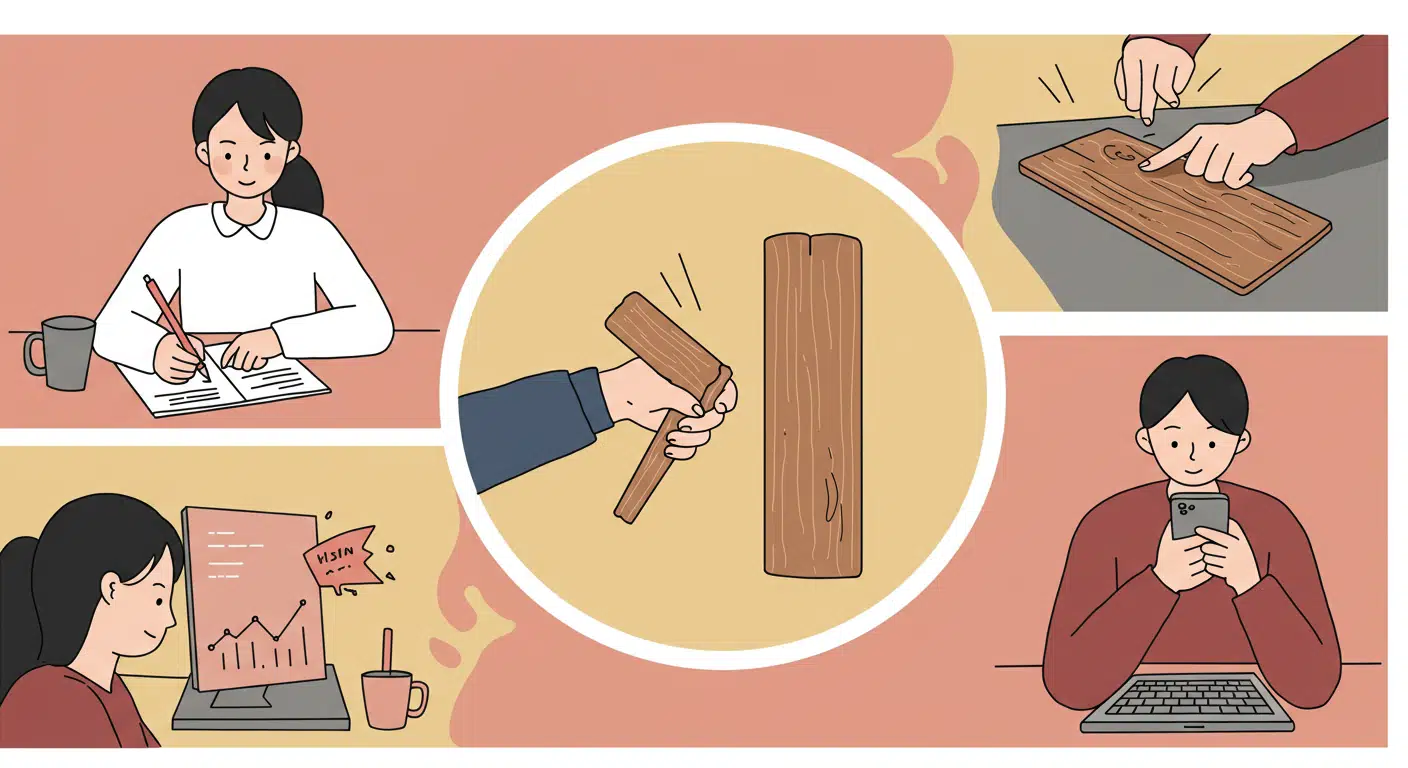According to the superstition, finding a single white or silver hair on one’s head—particularly at a young age—is seen as a symbol of genius, uniqueness, or burgeoning intellectual potential. Rather than being a cosmetic flaw, this hair is treated as an auspicious sign and should be preserved, not removed. The belief warns that plucking out the white strand could metaphorically diminish one’s uniqueness or fortunate destiny. Some variants of the folklore claim that each white hair pulled will be replaced by many more—a common warning in both Eastern and Western traditions, though usually framed from a cosmetic or aging perspective. In this version, however, the emphasis is on the white hair’s spiritual or intellectual value, positioning it as a gift rather than a blemish.

A baby’s future career or fate is predicted by the first object they select during a ceremonial setup.
In several Asian and Eastern European cultures, a traditional ceremony is held for babies usually around their first birthday. Known


